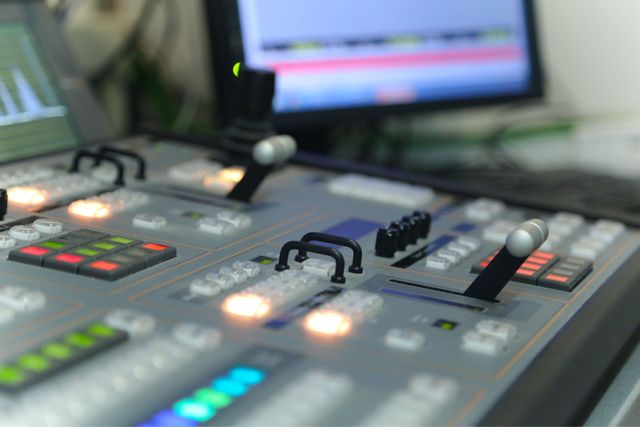Ideal Tactics for Positioning Surveillance Cameras to Improve Surveillance Efficacy
Ideal Tactics for Positioning Surveillance Cameras to Improve Surveillance Efficacy
Blog Article

Placing surveillance cameras effectively effectively is essential to enhancing monitoring in different environments, such as residences, commercial properties, as well as public spaces. The primary goal of surveillance systems remains to discourage criminal activity and provide evidence during instances of events. To attain this, it becomes essential to take into account several elements, including surveillance camera placement, range of view, as well as the specific zones that need monitoring. By understanding these elements, people and organizations can create a thorough surveillance plan that maximizes the efficacy of their security solutions.
One of the first actions in positioning surveillance cameras involves to identify critical locations that need monitoring. High-risk areas, such as entrances, exits, vehicle lots, as well as areas with high-value items, should be given priority. It is crucial to consider areas not visible, that are locations that may not be seen from certain perspectives. By mapping out these critical areas, security staff can ensure that all nook remains monitored, minimizing the chances of illegal activity going undetected. Additionally, placing cameras at key points can assist form a comprehensive perspective of the premises, allowing for improved total security coverage.
The viewing angle of a security system remains another important element to consider. Different kinds of cameras offer varying fields of vision, which can affect how many area is recorded in the footage. For instance, broad-view cameras can cover bigger areas, rendering them ideal for spacious locations, while pan-tilt-zoom systems can be adjusted to concentrate on particular details. When placing surveillance systems, it is important to select the appropriate type based more information on the area being observed. This guarantees that the camera can record sharp images and provide important information in case of an occurrence.
Height and angle of installation also play a crucial part in the effectiveness of surveillance cameras. Cameras should be installed at a level that remains out of grasp of potential tampering but still enables for unobstructed visibility of faces and other recognizable details. A typical suggestion is to install systems at least eight to 10 feet off the ground. Additionally, the angle at which the camera remains positioned can affect its capability to capture important details. Cameras should be tilted to reduce reflection and avoid blockages, guaranteeing that they can record sharp footage at any times.
Finally, regular maintenance and updates to the security system are crucial for sustained efficacy. This entails checking system performance, wiping optics, as well as ensuring that software remains current. Frequent assessments of the surveillance strategy can help detect any additional blind spots or areas that might need extra monitoring. By staying proactive and making required changes, people and organizations can enhance their surveillance effectiveness and guarantee that their surveillance solutions remain to serve their intended purpose.